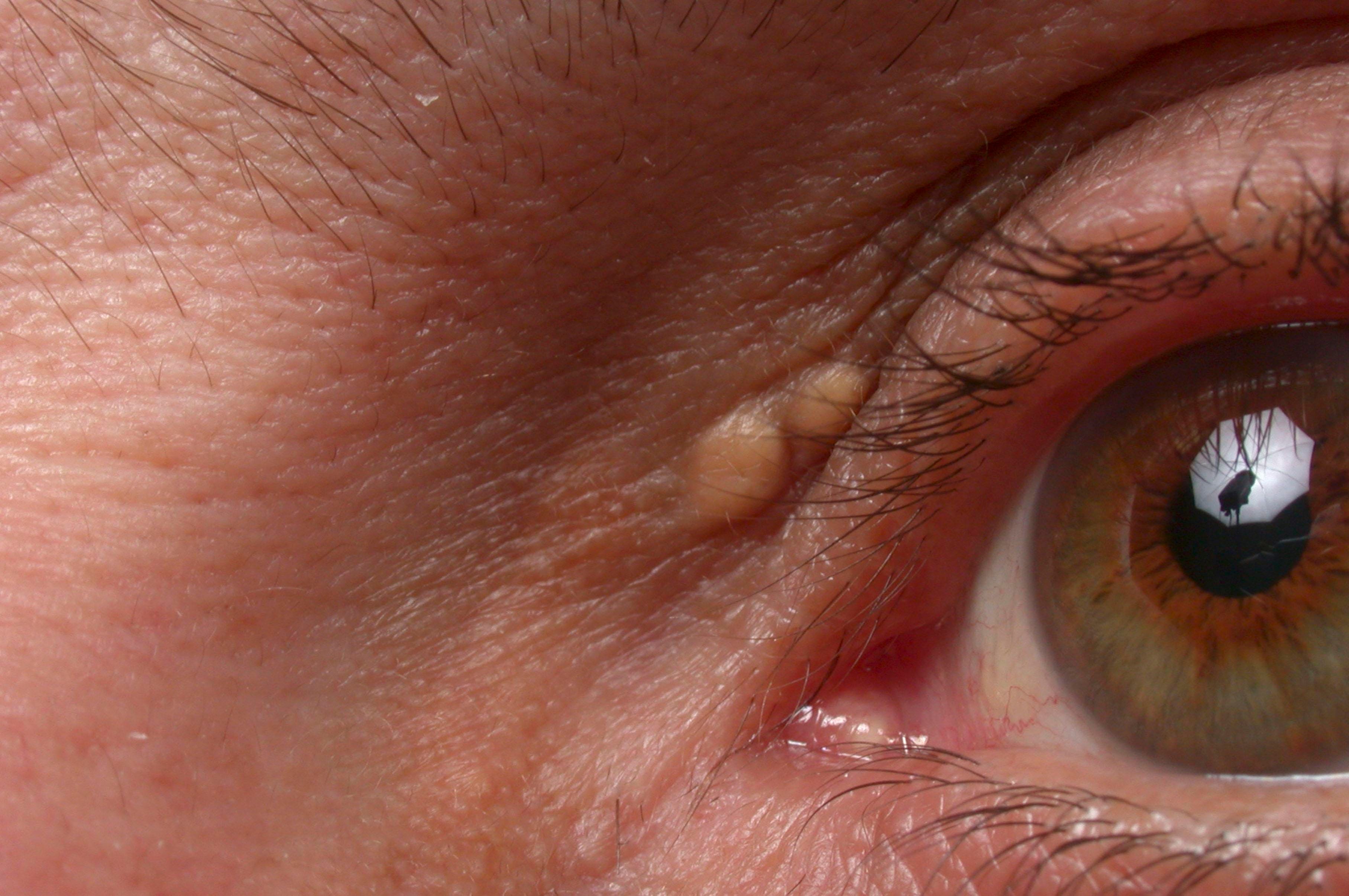
You could say that this man’s “carnivore diet” ended up getting a bit under his skin. For about eight months, a man in his 40s maintained a primarily meat and dairy diet. This included lots of high-fat stuff like six to nine pounds of cheese, entire sticks of butter and hamburgers with additional fat. This so-called “carnivore diet” helped him lose weight and feel more energetic with greater mental clarity. But “yellow,” here’s what he ended up developing: yellow bumps on his palms, soles, and elbows, as described in a case report published this week in JAMA Cardiology.
And such yellowish nodules probably aren’t the sort of thing that you’d like to have on your body, even if they aren’t painful or bring other symptoms. People don’t tend to say, “Oh, finally, I’ve got bumps on my palms, soles and elbows. Now I can jump on Tinder.” So after three weeks of these persistent bumps, the man saw a doctor. It turns out his blood cholesterol levels had shot up to over 1000 mg/dL from his typical level of 210 to 300 mg/dL. These yellow bumps were basically deposits of cholesterol called xanthelasmas.
What Is A Xanthelasma?
Now, xanthelasmas on their own are harmless. They are also known as XP, which may sound like a version of Windows but in this case stands for xanthelasma palpebrarum. Xanthelasma are a type of xanthoma—which is the accumulation of cholesterol or other types of fat under the skin in general—and can form on different parts of your body, most commonly on the inner aspects of your eyes, such as the corners of your upper or lower eyelids.
A Xanthelasma Is Often A Sign Of High Cholesterol Levels
However, if you find such bumps, you shouldn’t just ignore them as they often are a sign of high amounts of cholesterol or other types of fat in your blood, although half the time they can appear even when such levels are normal, according to a Cleveland Clinic website which also estimates that 1% of people have such a condition.
High cholesterol levels can put you at higher risk for heart disease and stroke. That’s because cholesterol can form plaques in your arteries that can block blood flow. Xanthelasma can also be a sign that you have some type of thyroid or liver problem or diabetes. Therefore, you may want to get your thyroid hormone, blood sugar and liver enzyme levels checked too. Weight gain and alcohol use are other possible causes as well.
Xanthelasmas Won’t Disappear On Their Own
If you are waiting for xanthelasmas to disappear on their own, you’ll be waiting a long time—like forever. They aren’t like pimples. You can’t pop or squeeze them or hide out until prom passes. Even lowering cholesterol levels through diet or medication use won’t get rid of them once they’ve formed. The first-line treatment to remove xanthelasmas is liquid nitrogen cryotherapy. Other possibilities are surgical removal or using lasers, radiowaves, chemical peel or extreme heat. These clearly are not DIY—do it yourself— options. Such treatments can cause pain, scars and various types of damage, especially in the wrong hands. That can be especially dangerous if the xanthelasmas are around your eyes, since you’ve only got no more than two eyes, assuming you are not a house fly.
Be forewarned. Xanthelasmas can often return following their removal, especially if your cholesterol levels remain high. Therefore, patience and follow-up with your doctor is important.
The carnivore diet means restricting your dietary intake to mainly meat and other animal foods like … [+]
getty
Of course, not everyone on a carnivore diet will end up getting xanthelasma. But having too much fat, cholesterol and sodium in your diet is a risk of consuming only animal-based products. So you had “butter” beware of eating too much butter, cheese and meaty material. Another risk of sticking to meat and dairy in the absence of plant-based foods is not getting enough nutrients like vitamin C, folate and fiber.
Be careful with any diet that sounds too simple and tells everyone to eat only one type of food like the carnivore diet. While such diets may seem to benefit some, ultimately, diets and nutritional recommendations should be tailored to one’s body and circumstances. This is the principle behind precision nutrition, which can be complex as I described previously for Forbes. That’s why there are efforts to use artificial intelligence or AI to help guide precision nutrition. Having proper balance in your diet and nutritional intake—the proper amount specifically for you—is important. In other words, you may want “meat” what you eat at least halfway.
Source: bing.com





















